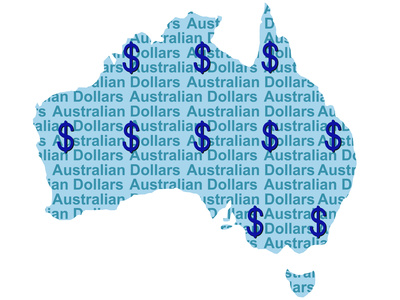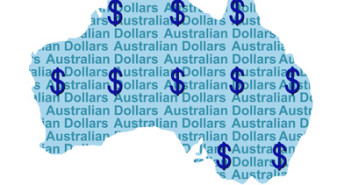This broad quarterly measure of economic activity always rocks the Australian dollar, and provides a trading opportunity on AUD/USD. Here is the information about this events, and 5 possible outcomes for the Australian dollar.
Published on Thursday, at 1:30 GMT.
Indicator Background
Investments by factors in the private sector are a a genuine gauge of economic activity over the quarter and show if the economy is heating or cooling. It also serves as an indicator of confidence – of how private investors feel confident to spend. The wide, quarterly, scope, adds to the impact on currencies.
Q1 and Q2 have been very disappointing, with squeezes in investment. They contributed to the pause in interest rate hikes. The second half of the year was already better, with a big correction in Q3, 6.9% and another, yet modest rise in Q4: 1.3%. 
Expectations are relatively optimistic for the first quarter of 2011: a rise of 2.8%. Note that this indicator is volatile.
Sentiment and Levels
The recent rise in risk aversion trading weighs on the Australian dollar and balances the general bullishness of this currency. Towards the release, the sentiment is neutral.
Technical levels from top to bottom: 1.1021, 1.0850, 1.0775, 1.07, 1.0580, 1.05, 1.04, 1.0315, 1.0254 and 1.0180.
5 Scenarios
- Within expectations: +2.3% to +3.3% In this case, AUD/USD shakes but is likely to remain within range and not make any breakouts.
- Above expectations: +3.4% to 4.9%: A strong rise in investment can send the pair above one resistance level.
- Well above expectations: +5% or more: A return of the scenario seen in Q3 will raise the chances of a rate hike in the near future, and can push the pair towards a second level of resistance.
- Below expectations: +0.7% to +2.2%: A second quarter of weak growth can push the Aussie below one level of support.
- Well below expectations: +0.6% or lower (even a drop): Stagnation or retreat will be a worrying sign for the Australian economy and can send the pair significantly lower, towards a second level of support.
For more about the Australian dollar, see the AUD/USD forecast.
